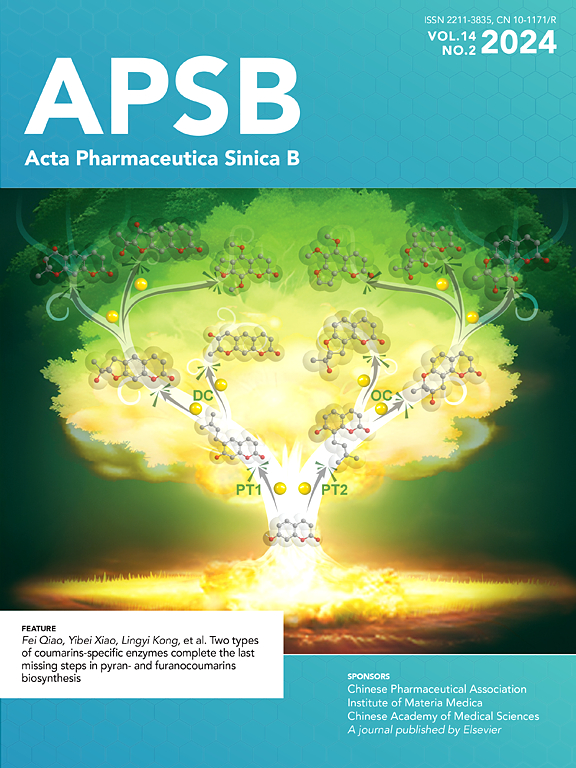Oxidative stress and inflammation in the pathogenesis of neurological disorders: Mechanisms and implications
IF 14.7
1区 医学
Q1 PHARMACOLOGY & PHARMACY
引用次数: 0
Abstract
Neuroprotection is a proactive approach to safeguarding the nervous system, including the brain, spinal cord, and peripheral nerves, by preventing or limiting damage to nerve cells and other components. It primarily defends the central nervous system against injury from acute and progressive neurodegenerative disorders. Oxidative stress, an imbalance between the body's natural defense mechanisms and the generation of reactive oxygen species, is crucial in developing neurological disorders. Due to its high metabolic rate and oxygen consumption, the brain is particularly vulnerable to oxidative stress. Excessive ROS damages the essential biomolecules, leading to cellular malfunction and neurodegeneration. Several neurological disorders, including Alzheimer's, Parkinson's, Amyotrophic lateral sclerosis, multiple sclerosis, and ischemic stroke, are associated with oxidative stress. Understanding the impact of oxidative stress in these conditions is crucial for developing new treatment methods. Researchers are exploring using antioxidants and other molecules to mitigate oxidative stress, aiming to prevent or slow down the progression of brain diseases. By understanding the intricate interplay between oxidative stress and neurological disorders, scientists hope to pave the way for innovative therapeutic and preventive approaches, ultimately improving individuals' living standards.

求助全文
约1分钟内获得全文
求助全文
来源期刊

Acta Pharmaceutica Sinica. B
Pharmacology, Toxicology and Pharmaceutics-General Pharmacology, Toxicology and Pharmaceutics
CiteScore
22.40
自引率
5.50%
发文量
1051
审稿时长
19 weeks
期刊介绍:
The Journal of the Institute of Materia Medica, Chinese Academy of Medical Sciences, and the Chinese Pharmaceutical Association oversees the peer review process for Acta Pharmaceutica Sinica. B (APSB).
Published monthly in English, APSB is dedicated to disseminating significant original research articles, rapid communications, and high-quality reviews that highlight recent advances across various pharmaceutical sciences domains. These encompass pharmacology, pharmaceutics, medicinal chemistry, natural products, pharmacognosy, pharmaceutical analysis, and pharmacokinetics.
A part of the Acta Pharmaceutica Sinica series, established in 1953 and indexed in prominent databases like Chemical Abstracts, Index Medicus, SciFinder Scholar, Biological Abstracts, International Pharmaceutical Abstracts, Cambridge Scientific Abstracts, and Current Bibliography on Science and Technology, APSB is sponsored by the Institute of Materia Medica, Chinese Academy of Medical Sciences, and the Chinese Pharmaceutical Association. Its production and hosting are facilitated by Elsevier B.V. This collaborative effort ensures APSB's commitment to delivering valuable contributions to the pharmaceutical sciences community.
 求助内容:
求助内容: 应助结果提醒方式:
应助结果提醒方式:


